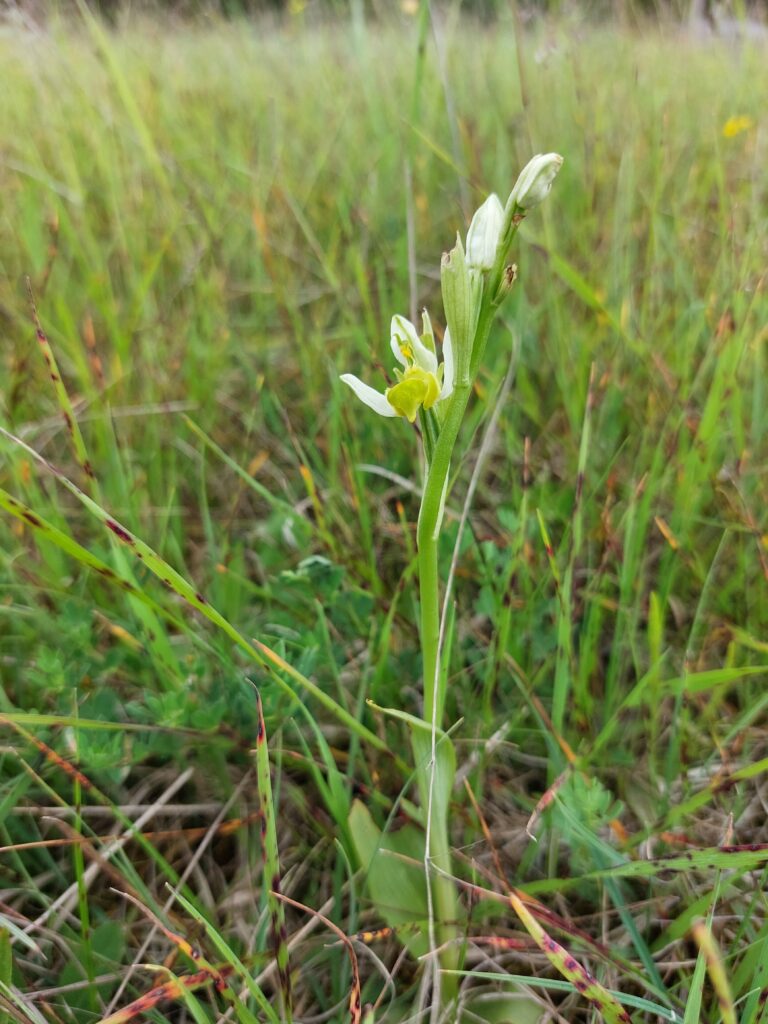2022 County Report for County Durham
Keith Robson
Around 13,500 records were added to the database in 2022. There were new
county records for 9 species, not surprisingly all were established aliens except
for a hybrid fern, Dryopteris filix-mas × borreri = D. × critica.
The Upper Teesdale Special Flora Recording and Conservation Project has
continued surveying this special area but concentrated mainly over the border in
VC65 on Cronkley Fell this year.
The DWT Botany group ran over 50 outings during 2022 ranging from winter
tree and vegetative sessions at the start of the year to a few fungi and
bryophyte ones at the year end. The Facebook group continued to expand and
currently has 330 members. Outreach involved leading flora walks for a number
of local councils, several wildlife groups, the Alpine Garden Society and the
Wildlife Trust as well as a BSBI outdoor field meeting to the Sunderland’s
limestone hills and the New Year Plant Hunt.
Orchids - The Natural History Society of Northumbria ran a citizen, project
'Discovering North East Orchids', to help map the North East’s orchids. A
number of sites with no records for many years that were visited still held
species. Unfortunately, the Burnt-tip orchid (Orchis ustulata) at its only county
site did not appear this year, but it does not appear every year so no real cause
for concern. A fine example of Ophrys apifera var. chlorantha was found aby a
busy road lay-by. A large colony of over 250 Epipactis dunensis (Dune
Helleborine) was discovered, close to it's original site in the Tyne valley.
The following species were observed to be still present at their only very
localised county site in 2022 - Ranunculus penicillatus subsp. penicillatus
(Stream Water-crowfoot) ; Polycarpon tetraphyllum (Four-leaved Allseed) ;
Epipactis palustris (Marsh Helleborine) and Cladium mariscus (Great Fen-sedge).
